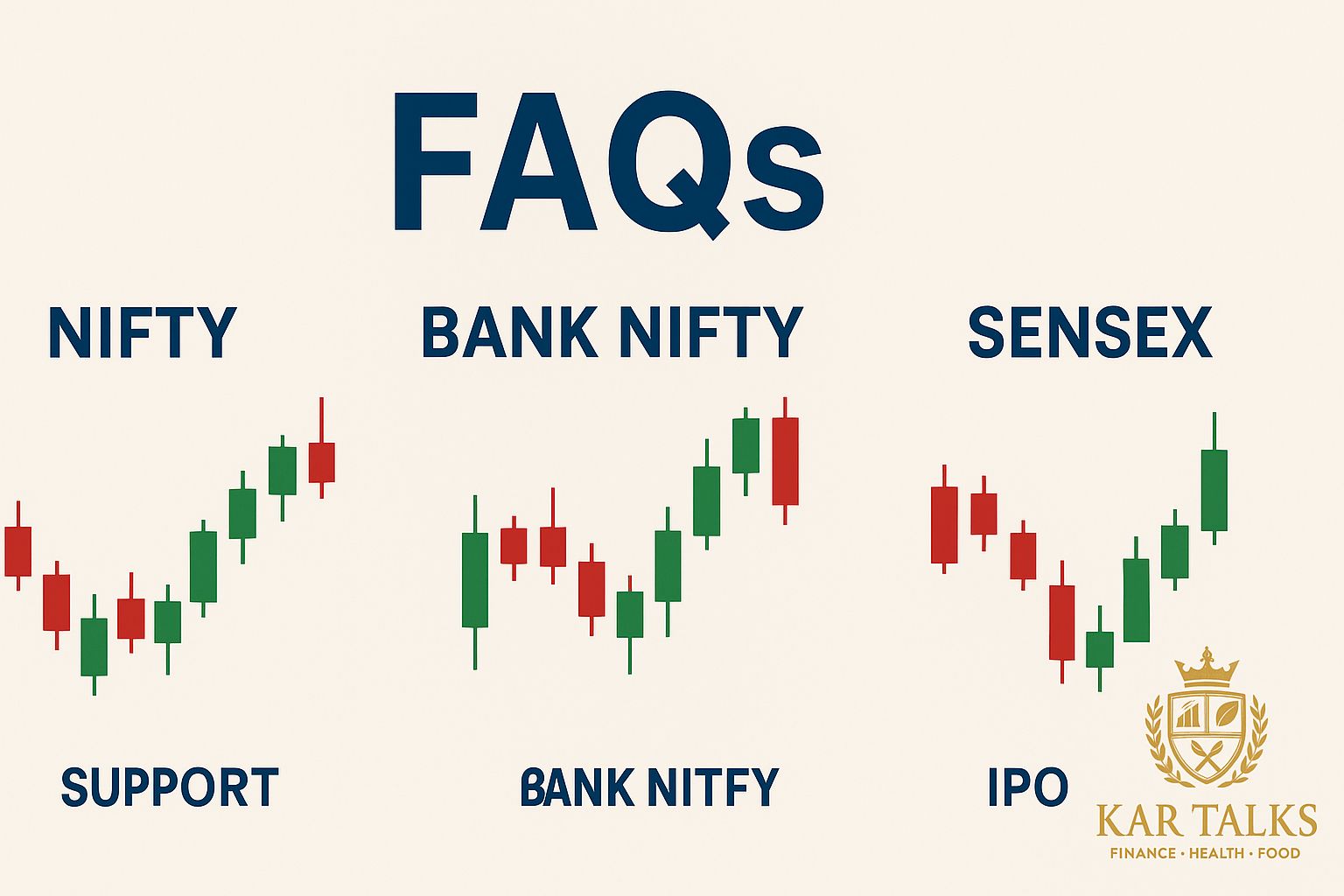
The stock market is a platform where investors buy and sell shares of publicly listed companies.
When you buy a stock, you become a part-owner of that company. Stock prices move based on demand, supply, and investor sentiment.
When more people want to buy than sell, prices rise — and when more people sell, prices fall.
There are two major types of stocks:
Common stocks — offer ownership and voting rights, and may pay dividends.
Preferred stocks — usually don’t offer voting rights but pay fixed dividends.
Stocks are also categorized by company size: large-cap, mid-cap, and small-cap.
Market capitalization (market cap) measures a company’s total market value.
Formula: Market Cap = Share Price × Number of Outstanding Shares.
It helps investors compare company sizes and assess growth or risk levels.
Primary Market: Where companies issue new shares (like IPOs) to raise capital.
Secondary Market: Where investors trade existing shares with each other on exchanges such as NSE or BSE.
A stock market index tracks the performance of a selected group of stocks that represent a specific market or sector.
Examples: Nifty 50, Sensex, Bank Nifty.
Indexes act as barometers of market trends and investor confidence.
A dividend is a portion of a company’s profits distributed to shareholders, usually quarterly or annually.
Some companies reinvest profits for growth instead of paying dividends — especially fast-growing or technology firms.
The Price-to-Earnings (P/E) Ratio shows how much investors are willing to pay for each ₹ 1 of company earnings.
Formula: P/E = Current Share Price ÷ Earnings Per Share (EPS).
A high P/E suggests growth expectations; a low P/E may indicate undervaluation or slower growth.
Stock prices fluctuate due to:
Company earnings and results
Economic data (GDP, inflation, interest rates)
FII/DII activity
Market sentiment and global cues
Government and geopolitical developments
Investing is long-term; focused on company fundamentals and value appreciation over years.
Trading is short-term; focused on quick profits from price movements using technical analysis.
Both have risks, but investing builds wealth more steadily.
Yes — markets carry risk, but you can manage it by:
Diversifying your investments
Doing proper research before buying stocks
Investing regularly through SIPs
Having a long-term mindset
Patience and discipline are the keys to success in the stock market.
An Initial Public Offering (IPO) is the process through which a private company offers its shares to the public for the first time.
It helps the company raise capital by listing its shares on a stock exchange such as NSE or BSE.
Companies go public to raise funds for business expansion, repay debt, improve brand visibility, and provide liquidity to early investors or promoters.
An IPO also helps establish the company’s market value.
You can apply for an IPO through:
Your bank’s NetBanking (ASBA) service
Or through your stockbroker’s app or website (like Zerodha, Groww, Upstox, etc.)
Make sure your PAN, Demat, and Bank account are linked before applying.
The minimum investment depends on the lot size set by the company.
For example, if one lot = 50 shares and each share is ₹300, you must apply for at least ₹15,000.
Retail investors can usually apply up to ₹2,00,000.
Price Band: The range within which investors can bid (e.g., ₹95–₹100).
Issue Price: The final price decided after the bidding process ends.
When investor demand for shares exceeds the number of shares available, it’s called oversubscription.
For example, if investors apply for 10 crore shares but only 2 crore are available, the IPO is oversubscribed 5×.
For retail investors, allotment happens via a lottery system run by the registrar.
Each valid application has an equal chance of receiving at least one lot, depending on demand.
After allotment, shares are credited to your Demat account.
On the listing day, you can either sell to book profits or hold long-term based on market trends and company fundamentals.
IPOs involve certain risks, such as:
No trading history to assess performance
Price volatility on listing day
Possible overvaluation during hype
Read the Red Herring Prospectus (RHP) carefully before investing.
You can check allotment through:
The registrar’s website (like Link Intime, KFintech, or Bigshare)
- Or your broker’s IPO dashboard
Use your PAN number or application number to check your status
